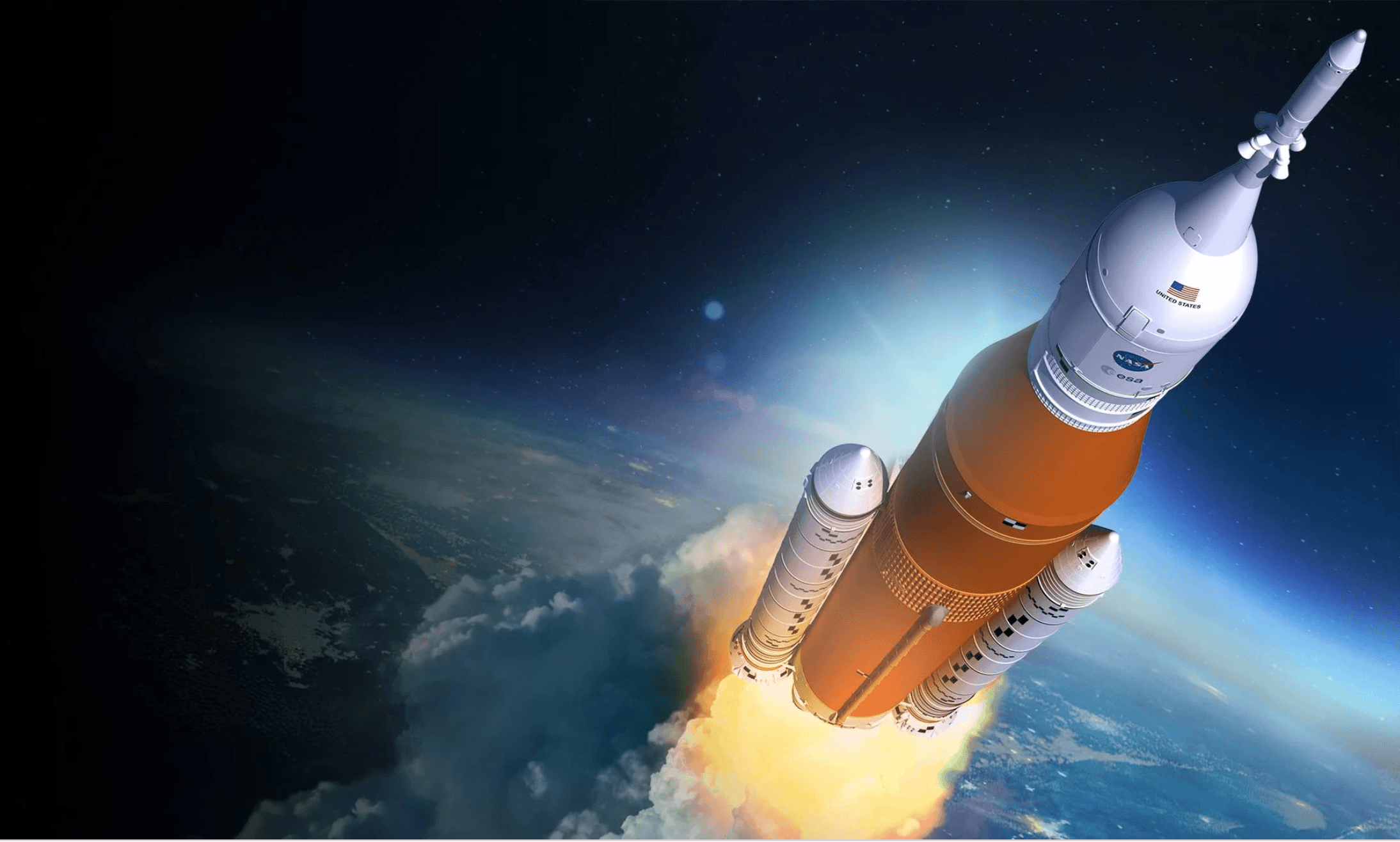Imagine the moment, when the first person steps foot on Mars. It’s going to be phenomenal, John Grunsfeld, former NASA astronaut, explorer, and director for the NASA’s Science Mission Directorate, told the Humans to Mars Summit attendees at the close of the event.
“It’s a dream we all share, and that’s why we’re here.”
We’re already on Mars, because robotic exploration is human exploration, and we’re learning extraordinary things about the only planet where we think we can live independently of Earth, he said. Curiosity and Opportunity rovers are still running on Mars, and Maven is producing data, along with international contributions.
“Humans on Mars will dramatically accelerate the pace of discovery on Mars,” Grunsfield told the crowd.
But keeping the momentum going will be our greatest challenge, asserted John Elbon, Boeing vice president and general manager for Space Exploration.
“We can’t get distracted by ever changing options and opportunities,” because technologies will rise and fall during the course of our journey to Mars. The plan forward needs to be achievable, incremental, flexible, affordable, global and evolutionary.
We need consistent leadership, team work among government and industry players, and congressional support, to achieve that goal, Grunsfield added.
Landing humans on Mars has been the lofty goal of space pioneers from the start of America’s space programs more than 50 years ago, and passion for Red Planet exploration is on the rise once again today. NASA’s top leaders, industry experts, visionaries, authors, advocates and astronauts will gather to discuss our progress and plans this week at the Humans to Mars Summit on the Georgetown University campus in Washington, D.C.
NASA’s implementation of an architecture for our journey to Mars has inspired generations of people to not only dream, but to act on those dreams. Check back for coverage of the discussion, and learn more about how you can be part of the journey.
